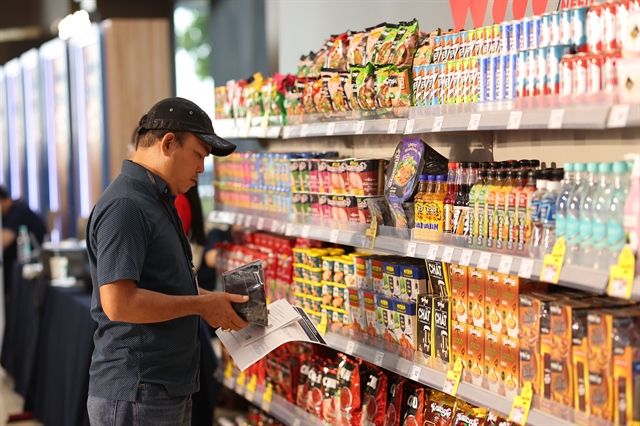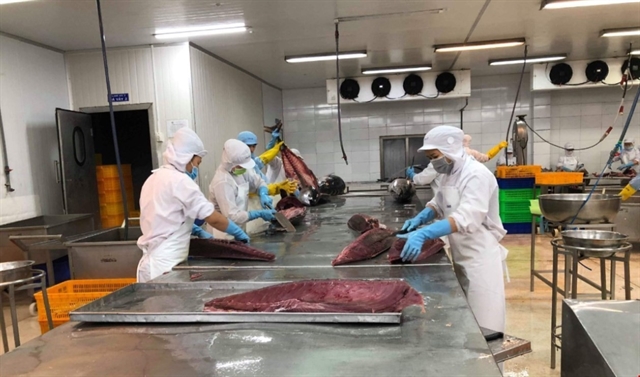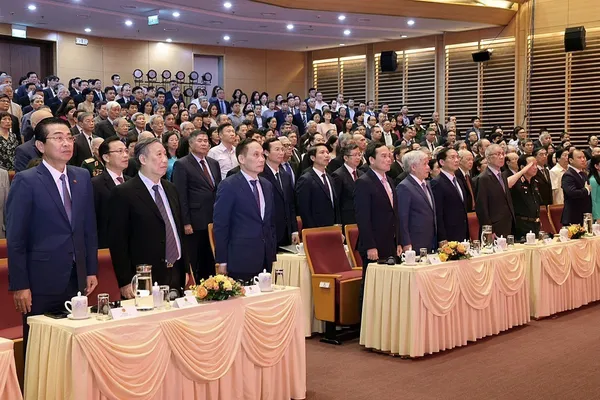 Economy
Economy


|
| Tuna is processed for export in the central province of Khánh Hòa. VNA/VNS Photo Phan Sáu |
HÀ NỘI — Việt Nam's abundant aquatic resources had the potential to expand and provide jobs, but the fisheries sector faced challenges such as plastic waste pollution and degradation to ecological systems, said Deputy Minister of Agriculture and Rural Development Phùng Đức Tiến.
Speaking at a recent conference held in Hà Nội to look at ways to protect and develop the country's aquatic resources, Tiến said Việt Nam was one of the most biodiverse countries in the world with more than 11,000 species.
The country's river network stretches 41,900km, including 109 main rivers and thousands of reservoirs.
According to the Ministry of Agriculture and Rural Development (MARD), localities across the country have conducted 3,500 inspections on the exploitation and protection of aquatic resources and handled 8,500 violations with total fines amounting to more than VNĐ44.74 billion (US$1.9 million).
The Directorate of Fisheries (DoF) said a shortage of staff as well as their limited expertise involving the conservation and exploitation of aquatic resources was one of the reasons that the protection of the resource had not met expectations.
In addition, over-exploitation was posing a threat to coastal resources.
“Without the right attitude towards marine conservation, the country will suffer huge consequences,” said Tiến, adding that the promulgation of the Fisheries Law in 2017 was a major turning point in seeking solutions to preserve and develop aquatic resources.
Nguyễn Quang Hùng, deputy director of the DoF, said 133,766ha or 0.134 per cent of the country’s natural sea area had been covered by protected areas, meeting only 55.8 per cent of the target.
Assistance for communities inside and adjacent to those areas had been provided between 2005-15, but showed signs of slowing in recent years due to a lack of funding, especially in newly established areas, he said.
Hùng also said construction projects in coastal areas to serve economic activities including tourism had directly affected local ecological systems.
In order to promote conservation, Tiến said it was necessary to strengthen information campaigns for individuals and organisations involved in fisheries management and exploitation, especially those engaged in illegal fishing.
Fishermen should be encouraged to sign a commitment to comply with regulations while owners of establishments engaged in trading and processing aquatic products should commit not to trade in aquatic species which are in danger of extinction.
“Localities should assess aquatic resources and habitats, and priority should be given to establishing protected areas,” he said.
Addressing the conference, Nguyễn Chu Hồi, former general director of the Việt Nam Administration of Seas and Islands, asked the DoF to design a plan to mobilise resources from the Government and international cooperation for the effective management of MPAs (Marine Protected Areas) and expand the network by 2030 with a vision to 2045.
The directorate was urged to conduct surveys of bio-diversify and research on restoring ecological systems in the MPAs while completing a legal framework for their management at national level.
To stop aquatic resources from disappearing, the directorate was asked to tighten control of fishing activities. — VNS









